Space Jam, Dunkaroos, Gossip Girl, the Motorola Razr—these days, it seems like everything is getting a reboot, remake or revival. The trend might appear to some as creatives and brands lacking fresh ideas or mitigating risk by banking on past popularity to fuel future success, but it goes deeper than that.
Our current cultural landscape is steeped in nostalgia, a wistfulness for aspects of our pasts.
In challenging, uncertain times especially, we cling to familiarity, comfort and what we recall from the “good old days.” It’s no surprise that during a global pandemic, nostalgia marketing is all the rage.
More often than not, the feeling of nostalgia clings to positive memories, so when a brand, event or product is a part of that memory, they’re at an advantage.
When used correctly, nostalgia marketing is an effective way to excite, inspire brand affinity and give people a warm fuzzy feeling they won’t forget. Here are five ways to get it right.
1. Tune into the nostalgia melting pot on social media
When I was a young middle schooler, newly obsessed with makeup, Maybelline’s Dream Matte Mousse foundation was a prominent fixture in my life. More than a decade later, thanks to the resurgence of the Y2K aesthetic powered by social media creators and influencers, the foundation found its way into my timeline, and back into my heart.
This isn’t an isolated event. Social media is a melting pot of nostalgia where you can reminisce and feel connected to a larger community of people with shared interests. Social is swirling with conversations and content about what consumers miss from the past, the memories that bring them back to their childhoods and the brands that left a mark along the way.
When marketers use social listening to stay tapped into social conversations about their brand, they can capture and capitalize on moments when people are reflecting on your brand’s legacy. For example, Maybelline might use the modern Dream Matte Mousse moment to reminisce with their audiences or jump in to highlight their new and improved formulas.
2. Focus on audience and relevance
To effectively use nostalgia marketing in your strategy, brands need to understand what resonates with their audience. What makes one person nostalgic, could make another person feel out of the loop. Age, interests, historical events and more influence what we hold dear.
On the surface, nostalgia marketing seems to narrow the audience you’re able to target. But at its best, it can get your brand and legacy in front of new audiences.
To celebrate the 50th anniversary of its Monster Cereal brands, General Mills created a new Monster Mash cereal that combines old favorites like Count Chocula, Boo Berry and Franken Berry, and the previously discontinued Frute Brute and Yummy Mummy. In addition to the cereal, the campaign launched with a remake of the 1962 hit song “Monster Mash” available on Spotify and a behind-the-music mockumentary. Plus, a special QR code on the cereal boxes redirects to “The Remaking of the Mash” homepage.
With this approach, the campaign targets a spectrum of audiences and gives nostalgic parents a fun way to introduce the cereals to their own kids.
3. Reintroduce products back by popular demand
Shopping trends and consumer preferences continuously change, which is why many brands frequently discontinue and launch products. But when a favorite or go-to product disappears and is no longer available for purchase, people frequently share their disappointment on social.
With social listening, brands can take stock of the products that people miss. If the conversation is large enough, you might even consider bringing a discontinued item back to surprise and delight customers.
For years, people begged McDonald’s to bring back Hi-C® Orange Lavaburst®, a drink that first appeared on the menu in 1955. The fast-food brand’s social media manager, overwhelmed by fans’ passionate pleas, used social listening to create a fan-driven pitch to put the drink back on the menu. At long last, Mcdonald’s said, “We hear you and we ‘C’ you.”
4. Embrace the #TBT
On August 12, 2021, the MLB hosted a Throwback Thursday treat—for the first time ever, two major league teams, the Chicago White Sox and the New York Yankees, faced off at the site of the legendary 1989 baseball movie, Field of Dreams. Everything about the evening evoked nostalgia, from Kevin Costner and the players emerging from the cornfields accompanied by the tender movie score to the throwback uniforms. It paid off.
In addition to being the most-watched regular season baseball game in 16 years, the Field of Dreams game was the most in-demand regular season game for Vivid Seats. The official ticket vendor reported that the average price for a ticket was $1,176. If you build it…they will come.
The Field of Dreams game made this Millennial feel like a kid again, but you don’t need to go that big to evoke nostalgia.
People love a #TBT moment, as evidenced by the more than 577 million Instagram posts that include the hashtag. Businesses can join in and share throwbacks of their own. Archival video footage and photos make for fun, retro-tinged social content while also serving as a reminder that your brand has staying power.
#TBT or self-reflective posts can also be an endearing way to show how far you’ve come. Remember all the “how it started vs. how it’s going” memes that emerged in 2020? They became a simple, charming way for both individuals and businesses to demonstrate growth or change, and you don’t have to have a long brand history to create your own version.
5. Don’t force it
It might seem like a reboot means that there’s an automatic, built-in audience, but it also comes with risks. Nostalgia is an emotional experience that makes us feel bonded to our longtime favorite and iconic brands, products, music, movies, etc. These things are precious to us, so if it’s redesigned or repurposed in a way that fans aren’t receptive to, you will hear about it.
Nostalgia marketing is a tactic, not a long-term business strategy, so don’t try to force it. If your business is new and tied to being modern, fresh and innovative, market it that way. Look forward and capitalize on emerging trends rather than trying to draw on the past for inspiration.
Keep listening to your customers
Want to know what makes your audience nostalgic, what challenges they have that your product solves or what kinds of content they want to see more of from your brand? Start listening.
Best-in-class brands listen to the voice of the customer (VoC) to make strategic, data-driven business decisions. Download this guide to learn how to harness VoC data and uncover a potential nostalgia marketing opportunity today.
The post Thanks for the memories: 5 ways to tap into the power of nostalgia marketing appeared first on Sprout Social.

from Sprout Social https://ift.tt/3DhKw2q
via
IFTTT


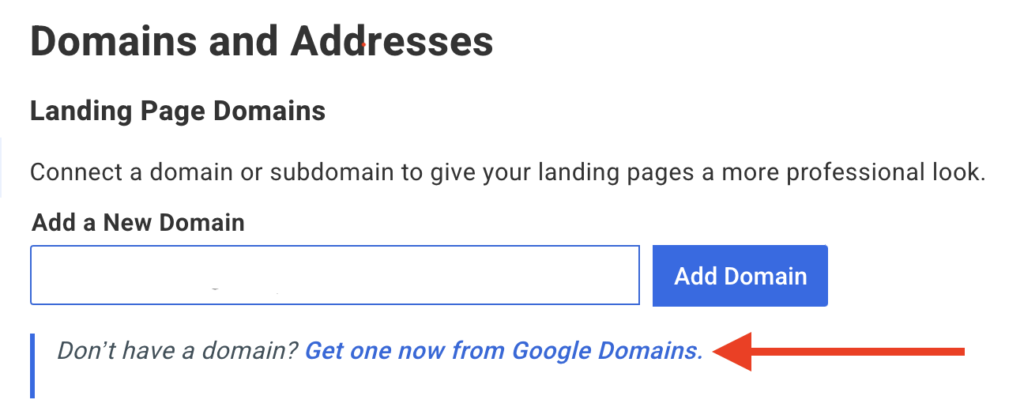
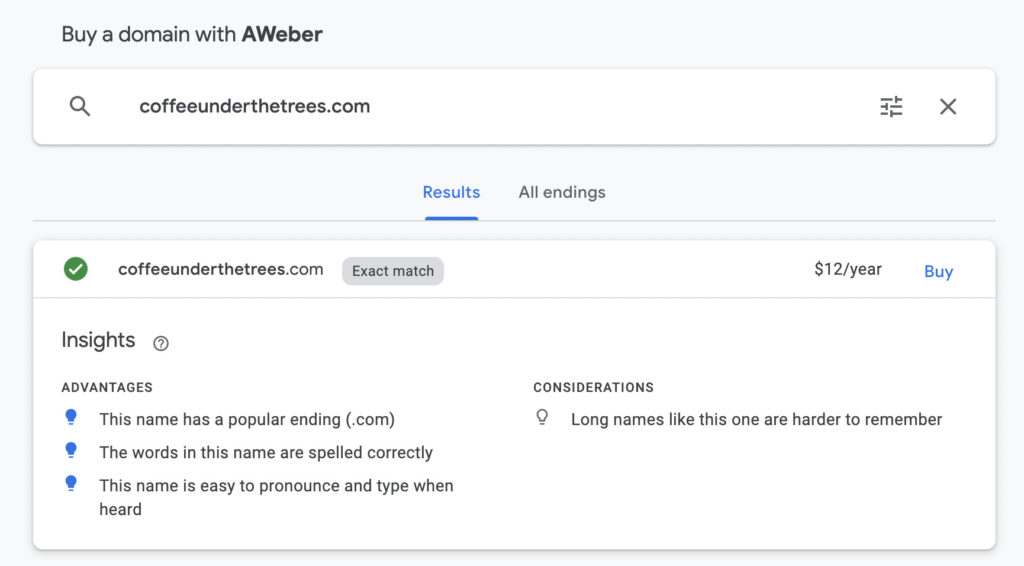
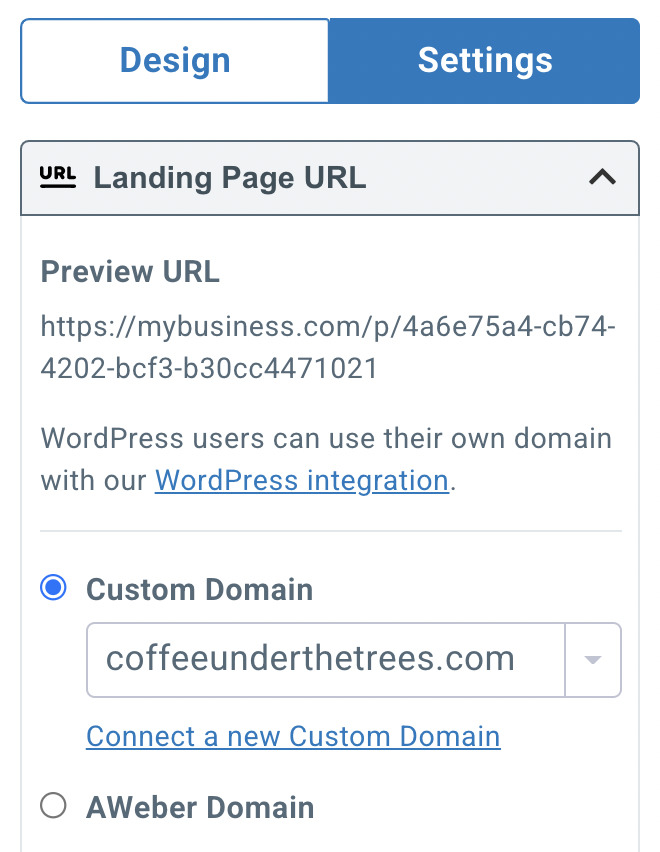
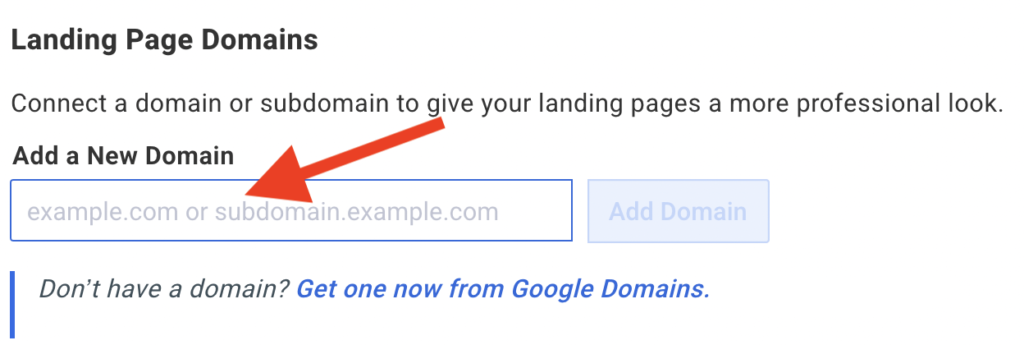

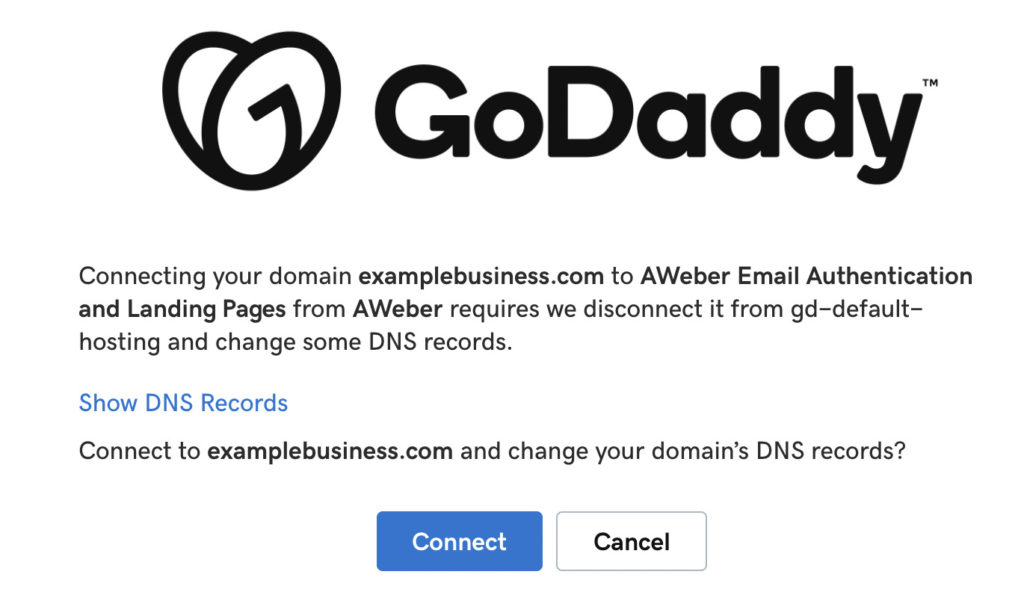








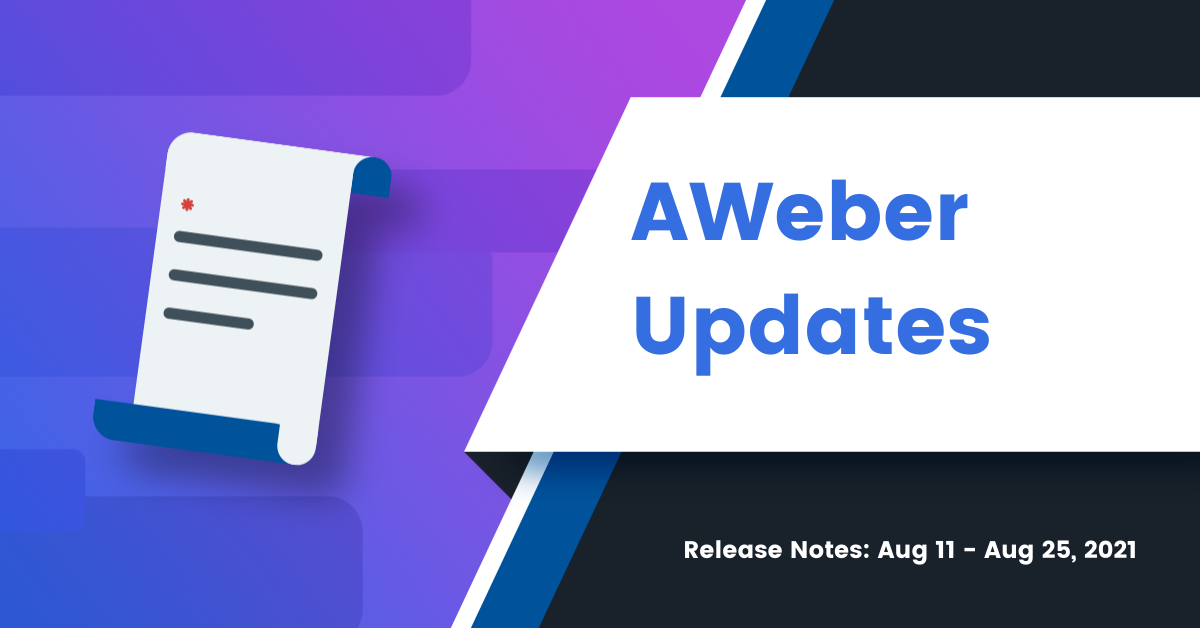
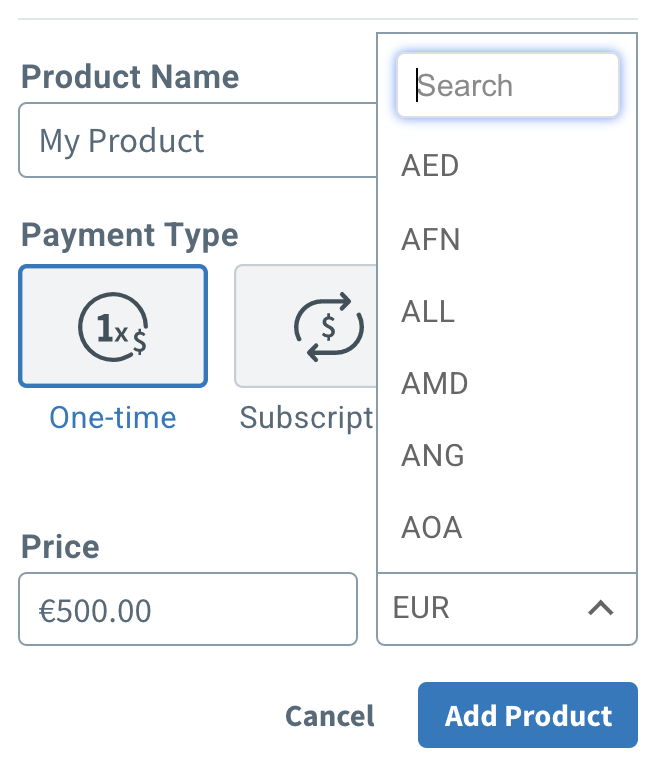
 If your business is one that shares links, has multiple links you want to provide to customers, has multiple offerings or all of the above, then the landing page approach is for you. There are several tools that let you create a link in bio landing page. Sprout Social’s
If your business is one that shares links, has multiple links you want to provide to customers, has multiple offerings or all of the above, then the landing page approach is for you. There are several tools that let you create a link in bio landing page. Sprout Social’s  What does geotagging do? Instagram compiles all of the posts tagged at that location, sorting them into top and recent. Your brand photos live among customer photos. The “View Information” towards the top links to information about the tagged business. All of this adds up to brand awareness and helps customers research your business. Don’t know what to order at a restaurant? Just browse the most recent photos and see what people recommend.
What does geotagging do? Instagram compiles all of the posts tagged at that location, sorting them into top and recent. Your brand photos live among customer photos. The “View Information” towards the top links to information about the tagged business. All of this adds up to brand awareness and helps customers research your business. Don’t know what to order at a restaurant? Just browse the most recent photos and see what people recommend.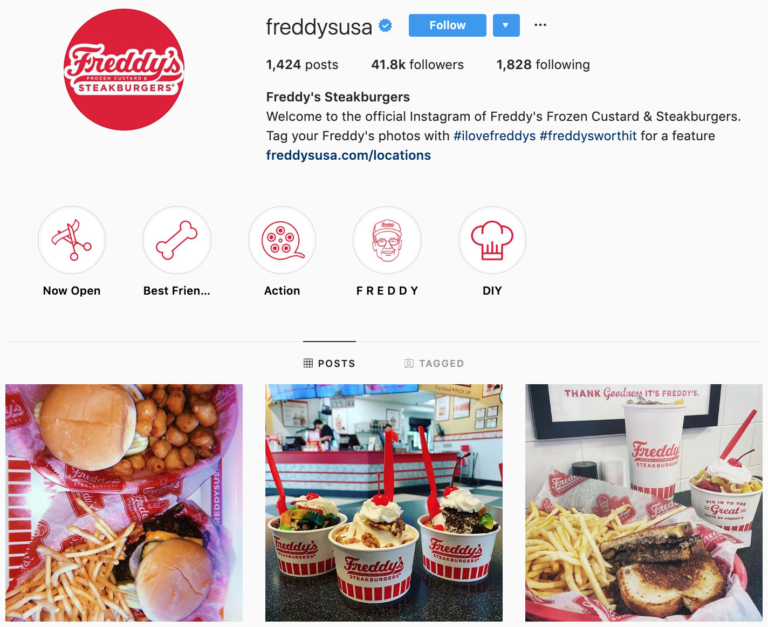 And now that you’ve got the basics down, it’s time to get even more creative. A good place to start from is what content topics you’re already creating in your feed. Are you doing a series on each staff member? Save this all to a Highlight. Maybe you’re an event planner. Go behind-the-scenes on your process to demonstrate what you do for the client. Have fun with your Highlights. This is where your
And now that you’ve got the basics down, it’s time to get even more creative. A good place to start from is what content topics you’re already creating in your feed. Are you doing a series on each staff member? Save this all to a Highlight. Maybe you’re an event planner. Go behind-the-scenes on your process to demonstrate what you do for the client. Have fun with your Highlights. This is where your  Each embed allows a caption, where you could write even more about the product or location that you’re featuring. In addition to the ideas already mentioned in the Highlights section, Guides are great for compiling a list of location recommendations. They can be all of your locations or the local businesses you recommend. You can expand the topic to an introduction to your city, exploring the neighborhood you’re in or influencer recommendations. And if you’re hesitant about using this feature? No worries. Guides are able to be saved as drafts until you’re ready to publish them.
Each embed allows a caption, where you could write even more about the product or location that you’re featuring. In addition to the ideas already mentioned in the Highlights section, Guides are great for compiling a list of location recommendations. They can be all of your locations or the local businesses you recommend. You can expand the topic to an introduction to your city, exploring the neighborhood you’re in or influencer recommendations. And if you’re hesitant about using this feature? No worries. Guides are able to be saved as drafts until you’re ready to publish them. There are numerous benefits to using
There are numerous benefits to using 
 In our
In our  As your Instagram DM usage builds, you’ll find yourself needing a way to manage all the messages. This is where Sprout’s Smart Inbox feature comes into play.
As your Instagram DM usage builds, you’ll find yourself needing a way to manage all the messages. This is where Sprout’s Smart Inbox feature comes into play. 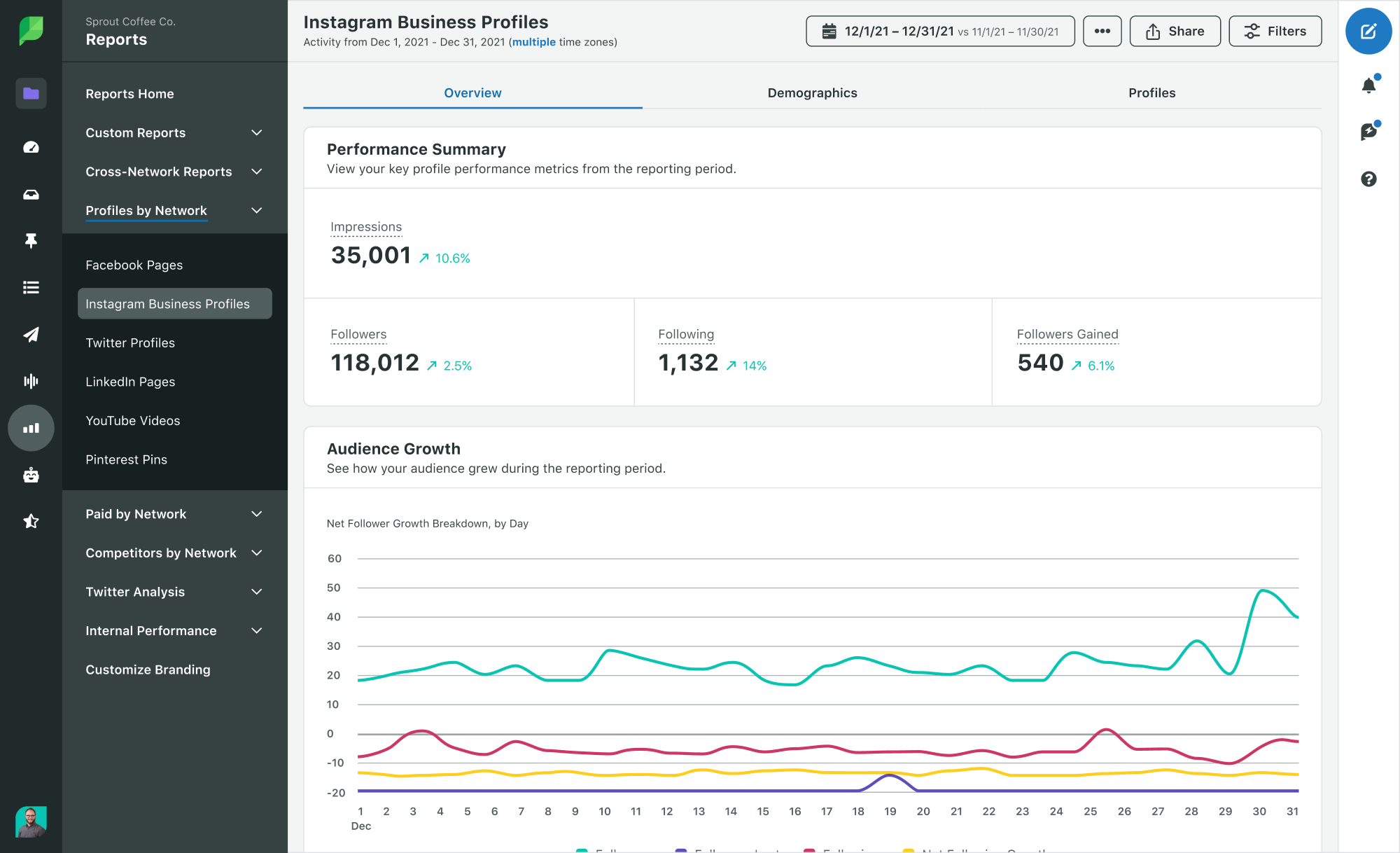 Sprout’s Instagram Business Profiles Report tracks engagement, hashtag performance and top post performance. You can compare your Instagram performance to your other networks with the Profile Performance Report in Sprout, too. Examine your
Sprout’s Instagram Business Profiles Report tracks engagement, hashtag performance and top post performance. You can compare your Instagram performance to your other networks with the Profile Performance Report in Sprout, too. Examine your